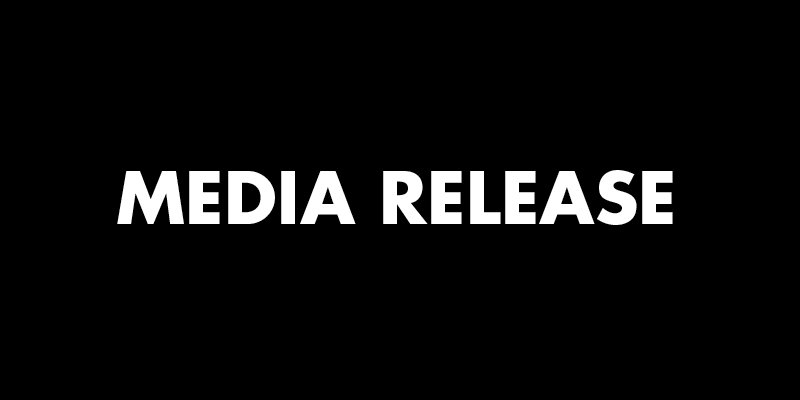NAVA responds with concern to 2020 budget
Media Release
Media Release

NAVA responds with concern for the future creative and cultural sector seemingly neglected by the Morrison Government’s Budget 2020-2021.
“The budget was an opportunity to turn the greatest economic crisis on its head by investing comprehensively in these job-rich sectors, restoring the hardest-hit industries and building capacity for the creative sector to empower the economic recovery,” said Acting CEO, Penelope Benton.
“The $111.7 billion dollar Australian arts and culture industry was the first and hardest hit by COVID-19, and will be one of the last to recover. Yet the budget provides no new direct support to target its recovery.
“A creative approach is the most effective means to a national economic recovery. The arts sustain community morale in times of crisis yet their contributions to society’s continuum remain unacknowledged.
“Further, there are countless studies that demonstrate that the soft skills we learn from arts and culture are transferable between industries and occupations. Creativity, innovation, agility, intellectual curiosity, resourcefulness, exploratory thinking, communication, teamwork, problem solving, emotional judgement, professional ethics, global citizenship, entrepreneurship and the courage to take risks are the qualities which are becoming increasingly essential for the 21st century working environment.
“In his budget speech last night, the treasurer, Josh Frydenberg, said “This Budget is all about jobs”. Yet there seems to be a selectivity about which jobs he’s referring to as there is no direct reference to stimulus for jobs in the creative and cultural sectors. A direct reference would require acknowledgement of the varied employment conditions of those sectors."
The arts and cultural industries employ 600,000 people including 50,000 professional artists. The industry is extremely diverse in its business models and highly employment-intensive, with a high proportion of specialised workers employed casually.
Only a small proportion of Australia’s artists earn all of their income through their creative work alone; the rest work casually and part-time, in both arts and non arts-related work. 70% of those earning arts-related incomes work as teachers, including as casuals in the tertiary education sector. Many also work casually in tourism and hospitality – industries that rely on arts and culture for their own success, especially in regional areas and are, in themselves, also hardest hit by this economic crisis.
For every $1m in turnover, the arts and entertainment sector creates 9 jobs, as opposed to just 1 in mining or 0.36 in oil and gas extraction. Rather than investing in sectors with the greatest potential to support jobs and the return to work, the government has provided unprecedented support for private business that relies on the assumption and hope that businesses will retain and hire new staff in the midst of an economic crisis.
The income tax cuts will benefit those who have held their jobs through the crisis, not those who have to rebuild their livelihoods following the shocking loss of all expected self-generated income earlier this year. NAVA would have preferred to see real strategic reform to the economy whereby issues relating to variable employment structures are addressed to accommodate contemporary and flexible ways of working.
Seven of the thirteen national cultural institutions faced cuts, while the rest, including Australia Council, Bundanon Trust, National Film and Sound Archive of Australia and the National Portrait Gallery of Australia, received small numerical increases.
The $160 million committed earlier this year – none of which has been spent – will do little to assist individual artists and rebuild many parts of the visual arts, craft and design sector, already weakened by exclusions from existing income support measures and the doubling of arts and humanities degrees’ fees.
Despite clear, consistent and united calls from the sector, this budget makes no commitment towards the ambitious and comprehensive investment needed to support arts and culture to survive and thrive through the pandemic and into the future.
NAVA’s submission to the Pre-Budget outlined the need for strategic investment to address the sector’s structural challenges concerning declines in artists’ incomes and career prospects, and worsening prospects for organisations’ sustainability.
“It’s disappointing that additional investment in the arts – $25m per year for the Australia Council and $2.5m per year for the Regional Arts Fund – have been ignored when both have consistently been advocated by industry leaders all over Australia.
“Failing to fund the nation’s arts funding and advisory body at appropriate levels opens our entire industry to substantial risk. Following on from years of successive cuts made without a policy or evidence basis, this budget fails to inspire confidence in the sector, or provide a vision for the next generation of artists, audiences, and critical thinkers who create our future.”
MEDIA ENQUIRIES:
Leya Reid media@visualarts.net.au